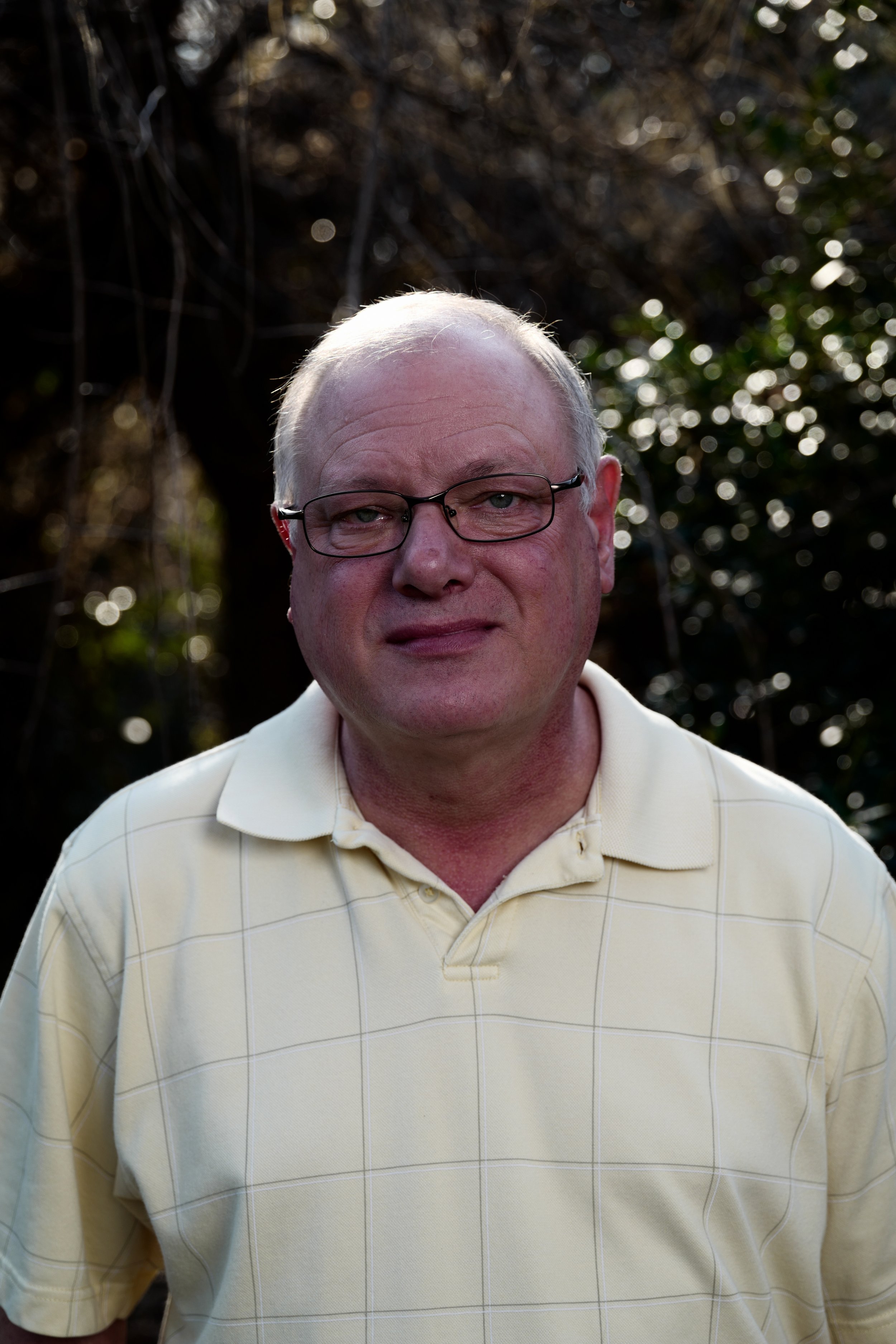Circular Dichroism - Questions
Circular Dichroism - Questions
Blog Article
The Facts About Uv/vis/nir Revealed
Table of ContentsSome Of Circularly Polarized LuminescenceThe 8-Second Trick For SpectrophotometersUv/vis/nir Can Be Fun For AnyoneExamine This Report on Circular DichroismAll About Spectrophotometers

Spectrophotometry is a tool that hinges on the quantitative analysis of molecules depending on how much light is absorbed by colored compounds.
The Facts About Uv/vis/nir Uncovered
A spectrophotometer is typically utilized for the measurement of transmittance or reflectance of solutions, transparent or nontransparent solids, such as polished glass, or gases. Many biochemicals are colored, as in, they take in noticeable light and therefore can be determined by colorimetric procedures, even colorless biochemicals can often be transformed to colored substances ideal for chromogenic color-forming responses to yield compounds ideal for colorimetric analysis.: 65 Nevertheless, they can also be designed to determine the diffusivity on any of the noted light varieties that typically cover around 2002500 nm utilizing various controls and calibrations.
An example of an experiment in which spectrophotometry is used is the decision of the balance constant of a solution. A certain chemical response within a service may happen in a forward and reverse instructions, where reactants form items and products break down into reactants. Eventually, this chemical response will reach a point of balance called an equilibrium point.
The Definitive Guide to Spectrophotometers
The quantity of light that passes through the service is indicative of the concentration of particular chemicals that do not allow light to pass through. The absorption of light is due to the interaction of light with the electronic and vibrational modes of molecules. Each type of particle has an individual set of energy levels associated with the makeup of its chemical bonds and nuclei and therefore will soak up light of specific wavelengths, or energies, leading to special spectral homes.
They are commonly used in lots of markets including semiconductors, laser and optical manufacturing, printing and forensic evaluation, as well as in laboratories for the research study of chemical substances. Spectrophotometry is typically utilized in measurements of enzyme activities, decisions of protein concentrations, determinations of enzymatic kinetic constants, and measurements of ligand binding reactions.: 65 Ultimately, a spectrophotometer is able to identify, depending on the control or calibration, what substances are present in a target and precisely how much through estimations of observed wavelengths.
This would come as a service to the previously developed spectrophotometers which were unable to soak up the ultraviolet correctly.
Rumored Buzz on Uv/vis
It would be found that this did not provide satisfactory outcomes, therefore in Model B, there was a shift from a glass to a quartz prism which permitted for better absorbance outcomes - UV/Vis (http://www.cartapacio.edu.ar/ojs/index.php/iyd/comment/view/1414/0/30215). From there, Model C was born with an adjustment to the wavelength resolution which wound up having three units of it produced
It was produced from 1941 to 1976 where the rate for it in 1941 was US$723 (far-UV accessories were a choice at additional cost). In the words of Nobel chemistry laureate Bruce Merrifield, it was "probably the most crucial instrument ever developed towards the improvement of bioscience." Once it became discontinued in 1976, Hewlett-Packard produced the very first commercially readily available diode-array spectrophotometer in 1979 called the HP 8450A. It irradiates the sample with polychromatic light which the sample takes in depending upon its residential or commercial properties. Then it is transmitted back by grating the photodiode range which identifies the wavelength area of the spectrum. Ever since, the production and implementation of spectrophotometry devices has actually increased immensely and has actually turned into one of the most ingenious instruments of our time.

Getting The Circularly Polarized Luminescence To Work
Historically, spectrophotometers utilize a monochromator including a diffraction grating to produce the analytical spectrum. The grating can either be movable or fixed. If a single detector, such as a photomultiplier tube or photodiode is utilized, the grating can be scanned step-by-step (scanning spectrophotometer) so that the detector can measure the light intensity at each wavelength (which will correspond to each "step").
In such systems, the grating is repaired and the intensity of each wavelength of light is determined by a various detector in the variety. In addition, most modern-day mid-infrared spectrophotometers use a Fourier transform technique to acquire the spectral info - https://www.artstation.com/julieanndesalorenz1/profile. This strategy is called Fourier change infrared spectroscopy. When making transmission measurements, the browse around this web-site spectrophotometer quantitatively compares the fraction of light that passes through a reference service and a test solution, then electronically compares the strengths of the 2 signals and computes the percentage of transmission of the sample compared to the referral standard.

Report this page